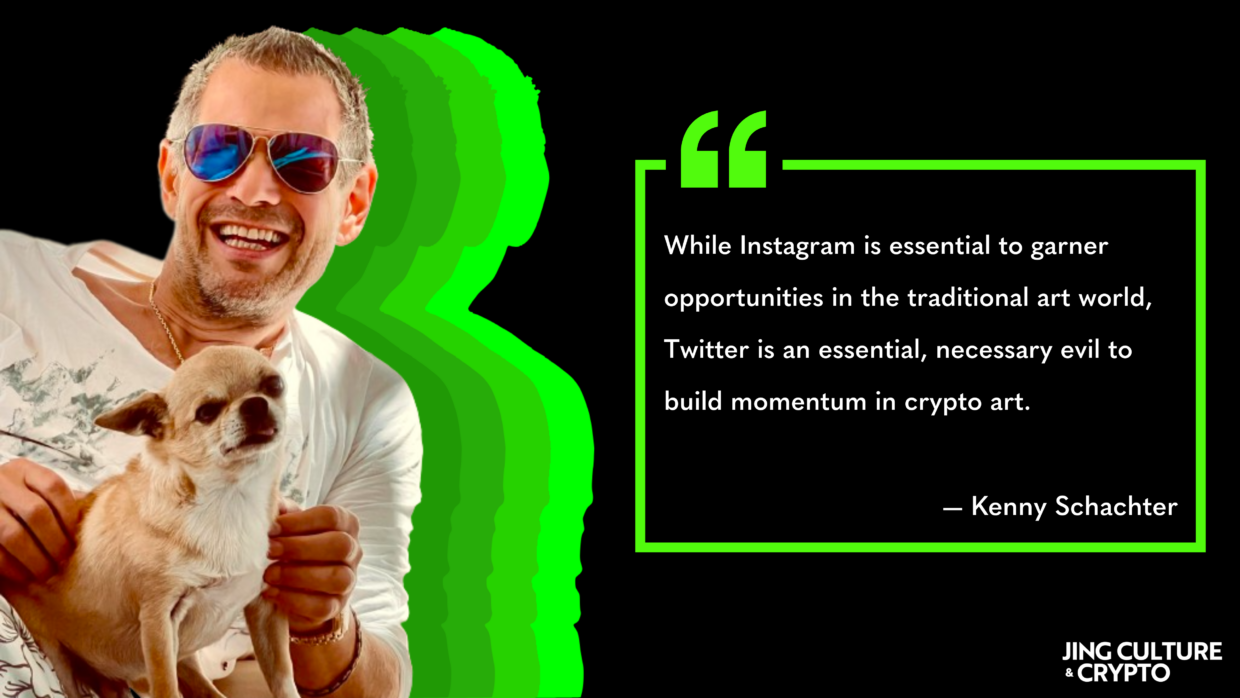Kenny Schachter has made a significant mark in the global contemporary art world over the course of a three-decade-long career. With a penchant for curating exhibitions that resonate and provoke, Schachter’s portfolio boasts a myriad of showcases in the world’s top museums and galleries, while his academic pursuits have seen him lecture at the University of Zurich, the School of Visual Arts in New York, and New York University. Beyond the confines of the classroom, Schachter has made literary contributions to works on art stalwarts like Paul Thek and Zaha Hadid.
After decades based in London, the Long Island-born Schachter’s return to New York has been nothing short of eventful. Often dubbed as “the art world’s enfant terrible,” his art critiques, laced with wit and candor, have never shied away from ruffling feathers. Yet it is Schachter’s more recent foray into the realm of NFTs that has garnered him a newfound spotlight, positioning him as the art world’s inside man in an evolving digital frontier.
Jing Culture & Crypto recently caught up with Kenny Schachter to discuss his decades-long journey in the art world, the transformative power of NFTs and Web3 in democratizing art, and the coexistence of traditional and digital mediums.
You’ve described yourself as “self-taught” in art and have had a diverse journey from studying philosophy to law and then immersing yourself in the art world. How have these varied experiences shaped your perspective on art?
Though I’ve been at art in various capacities for decades, at heart I am steeped in the mindset of an outsider. It colors all my activities from teaching to writing to art making. It keeps me curious and unaccepting of the status quo which is nothing short of stifling.
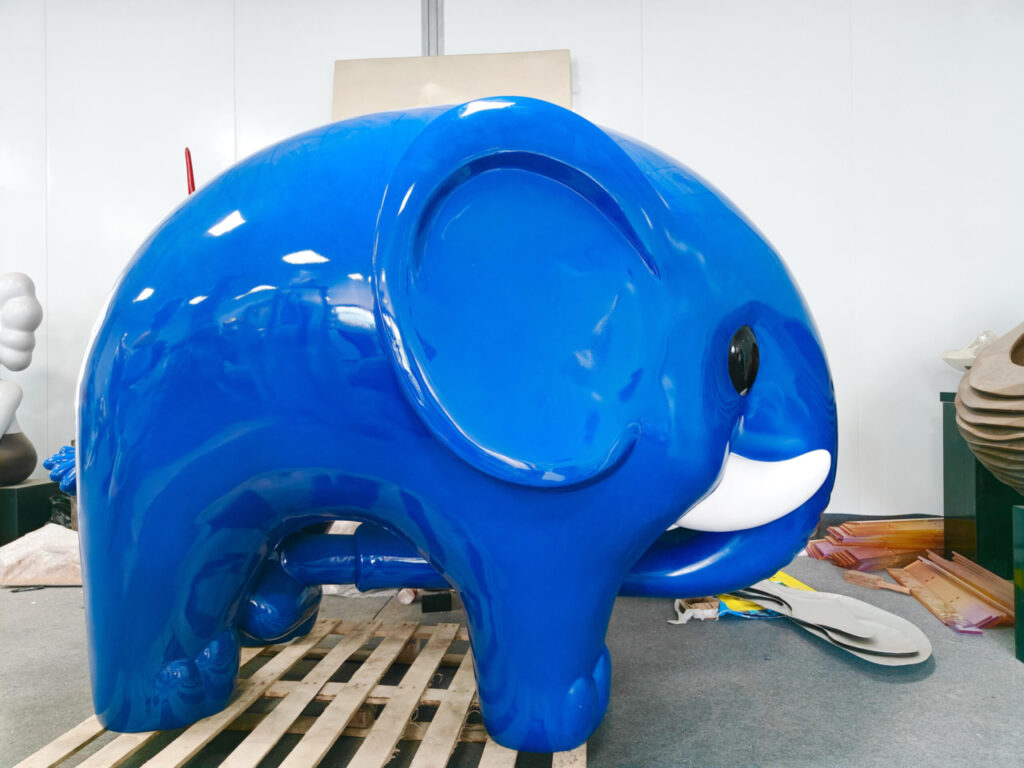
Forbidding Amuse Yourself, 2018, the image first appeared as a graphic warning off masturbation at a Chinese sauna but serves as a metaphor for politics, the art world and much else. And who hasn’t thought about such a feat at one point or another in their life?
After more than three decades in the art industry, what continues to drive your passion, especially when you face skepticism or challenges?
I LOVE ART! The exclusionary, hierarchical behavior of the art world only fuels the content of my output. For better and worse.
You’ve not shied away from critiquing the traditional art world. In your view, what’s the most critical issue the art community needs to confront?
The art world has its own brand of hypocrisy. They care an awful lot about a lot that has very little to do with the content of art, i.e., the price and who is behind buying and selling it. The disingenuousness and untruths espoused by the art world are mind-boggling.
Jing Daily has noted how luxury brands are collaborating with artists as a way of tapping into Web3 and NFT communities. As Sadie Bargeron, editor of Jing Collabs & Drops, points out, brands are doing this “to build awareness in these communities, because authenticity and community support are crucial to succeed.” How do you feel about the continued embrace of NFTs and Web3 among luxury brands?
Although much of the world has collectively dismissed NFTs and the concomitant market for them (and done so with a righteous sneer), not so for luxe retailers who embrace—without reservation—anything that makes sense commercially. That is why Sotheby’s and Christie’s have taken the impetus rather than pretentious art galleries when it comes to flogging NFTs.
But galleries and the rest of the world will eventually catch up. I have yet to collaborate with a brand on the commercial front but should anyone be interested, please don’t hesitate to contact me!
Your recent exhibition at The NFT Gallery highlighted the blend of art and technology. Given your observations on the traditional art world versus the crypto realm, how do you foresee their co-evolution and potential challenges?
People should chill the hell out and get over the fact that art = art no matter the medium. Traditional art and digital art should seamlessly coexist without issue or fanfare.
The challenges are to overcome the fear and trepidation (with society in general) that causes many to recoil from change and the unfamiliar.

Shit Head (Monument to Failure) 2022. From the artist: “Celebrating life’s failures as much as yearning for success.”
Your engagement with digital art dates back to the 1990s. Can you say a little about how technological advancement has reshaped your artistic methodologies over the years, if at all?
Nothing has fundamentally changed since I exhibited my first computer-generated video in 1993 and oversized digital prints in the mid-90s. The blockchain is the most radical transformation I’ve seen over the decades that has nothing less than revolutionized the art market.
Once people set aside their boring, retrograde, archly-conservative mentality we’re in business.
You’ve mentioned that we are experiencing a “digital Renaissance.” How do you see NFTs and Web3 playing pivotal roles in this transformation, particularly regarding artist empowerment and art democratization?
Computer art is nothing new, in fact, it’s nearly 75 years old. But, with the advent of NFTs and Web3, the paradigm has shifted the likes of which I haven’t seen in my lifetime and before. The art world functions like a zero-sum game, an economic theory where one person advances at the direct expense of another.
[Minting] cheap NFTs in Tezos crypto or smart contracts in ETH goes a long way to foster democratization and bypass the art world’s legendary, unwelcoming lack of accessibility.
I have personally assisted many onboarding artists into the NFT community—facilitating such opportunities for others is a significant part of my writing and teaching and brings me joy and satisfaction. The ETH is in the ether and there’s no turning back.
Projects like “Open Book” signal a shift in art consumption. How do you see the trajectory of digital participatory art forms influencing the broader art community?
An exciting phenomenon that differentiates NFTs from other mediums is that when the project is transformative it’s not just a marketplace but a new form of production—what I call “NFTism.” Rather than art being a static object that hangs on the wall or sits on the floor radiating its “art-i-ness”, it can change over time, and new channels of communication and collaboration result; not to mention new communities.
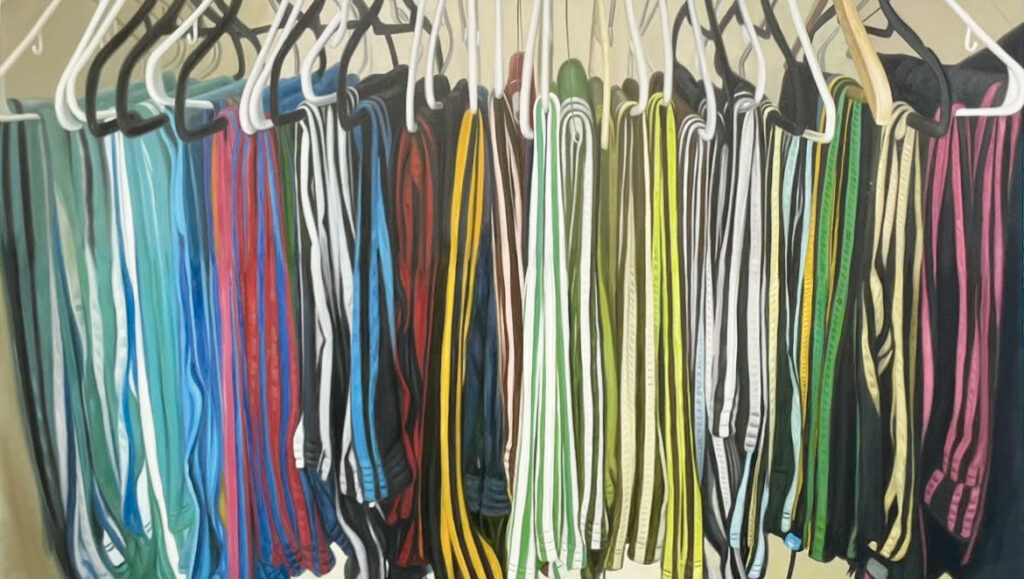
“Dress for Comfort.” From the artist: “An oil on canvas painting based on my collection of vintage polyester–I have never been seen, literally, in anything else! And there’s plenty more.”
As the art landscape evolves with digital art and Web3 at its forefront, what guidance would you offer to young artists looking to navigate this terrain?
Perseverance and tenacity, never take no for an answer (the art world’s favorite word). Nurture audiences on social media to build an audience that may come to patronize your art.
While Instagram is essential to garner opportunities in the traditional art world, Twitter is an essential, necessary evil to build momentum in crypto art. And then jump in! Don’t let anyone dissuade you.
The name of my first solo museum exhibit opening in September at the Francisco Carolinum in Linz, Austria is KEEP HOPE ALIVE. The name derives from failed racehorse owned by a friend; but, the sentiment of embracing hope, despite the many obstacles I (and many others) have faced, defines my life—both in art and beyond.
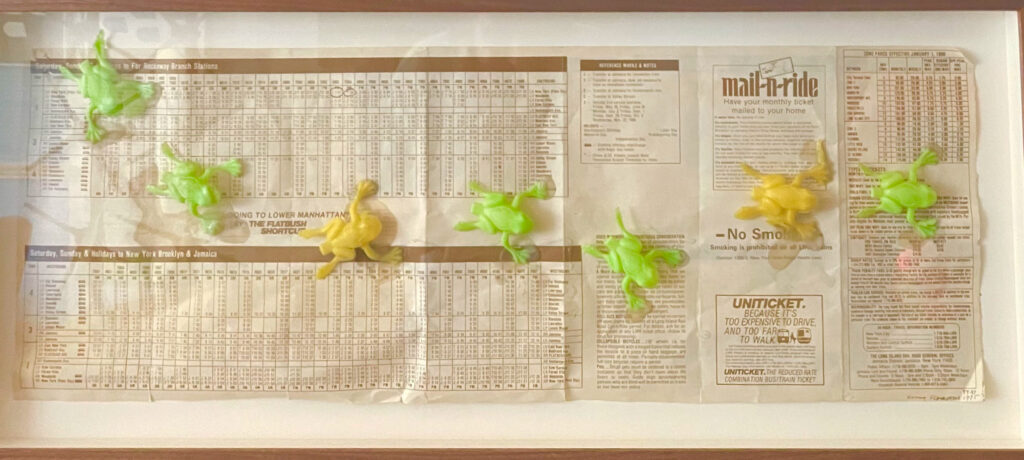
Self Portrait Long Island Railroad Commute 1993. From the artist: “The train schedule for making my way into New York City to discover life beyond the stultifying suburbs.”
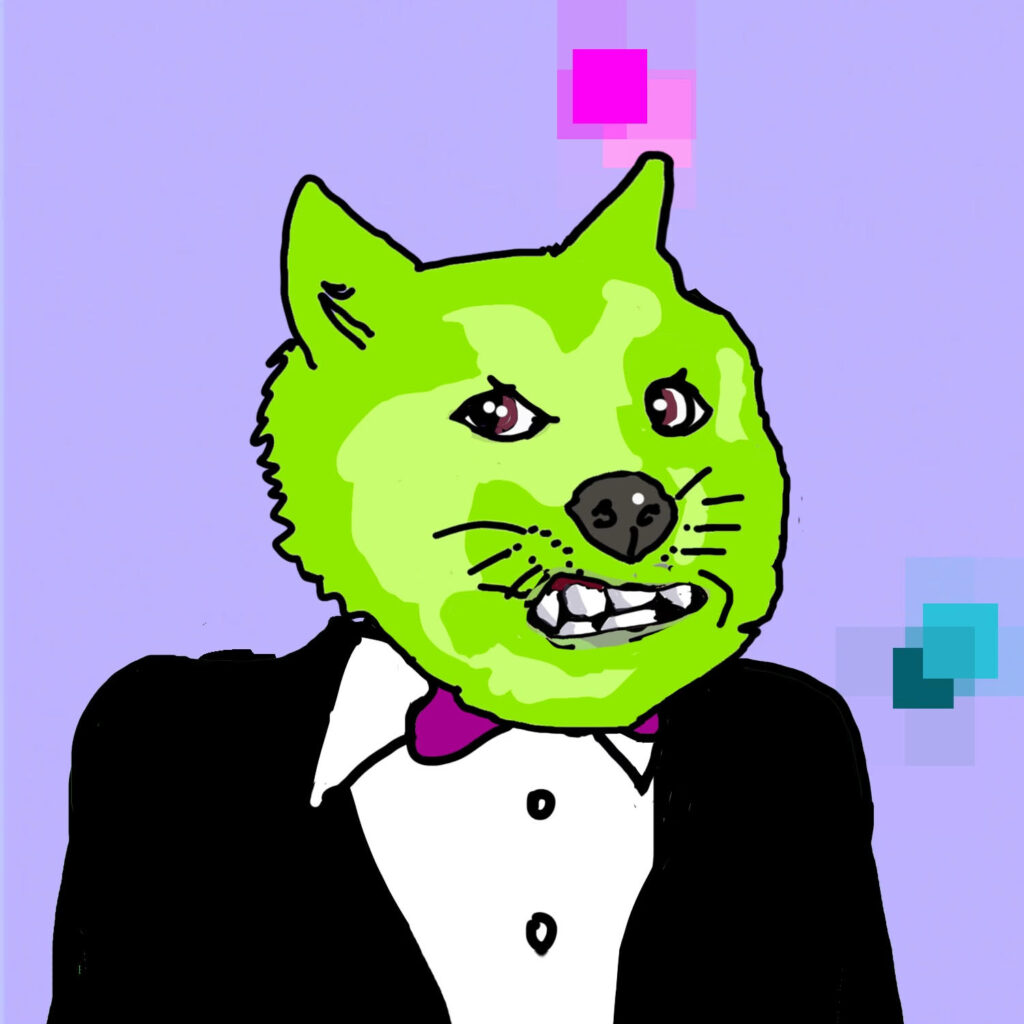
“Cryptomutts.” From the artist: “Two years ago I released a series of 10,000 NFTs which had a twofold intent: criticized the Bored Apes all male, machismo characters and to serve as entree to the first arts club merging crypto and the traditional art worlds.”
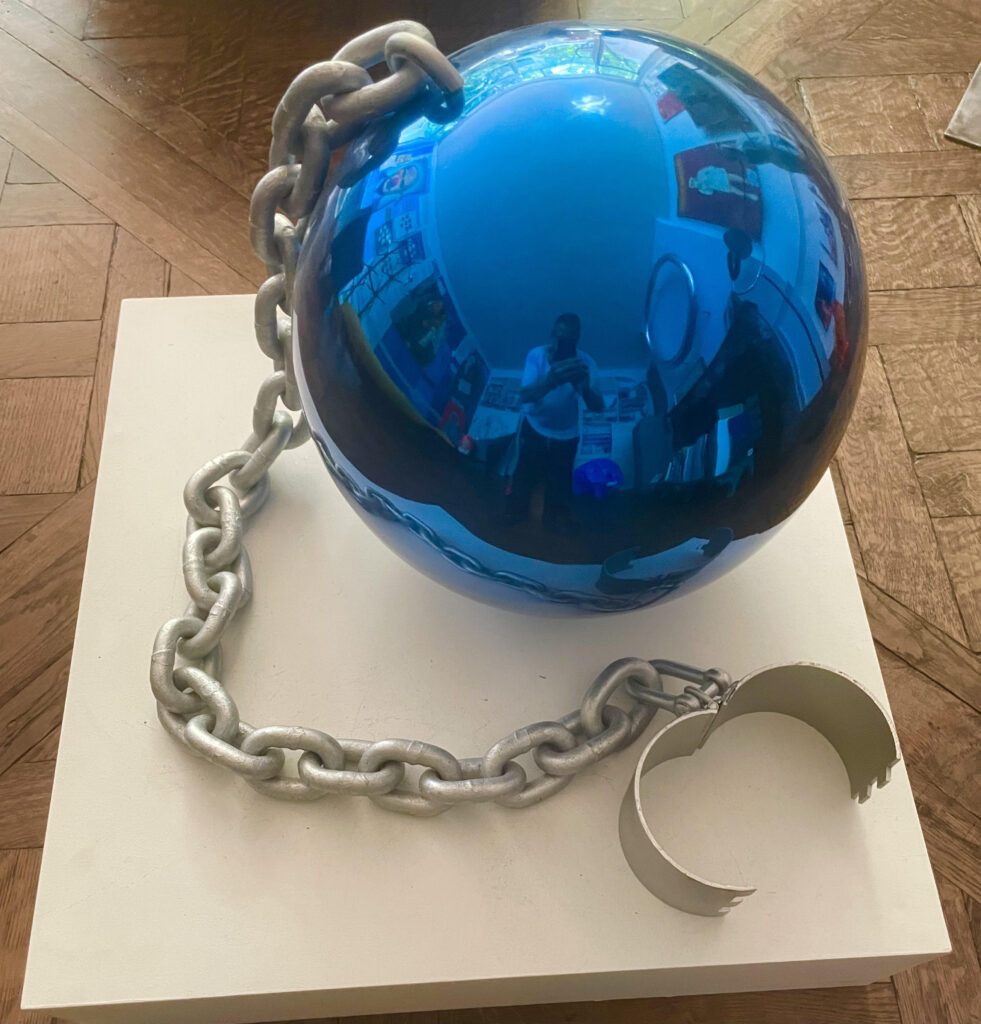
Jeff Koons Gazing Ball & Chain, 2021. From the artist: “Reflecting (literally) the truth beyond the rosy image he conveys of offering up some cultish form of wacky transcendence when in effect he runs a harsh studio practice subordinating (financially, his assistants).”

